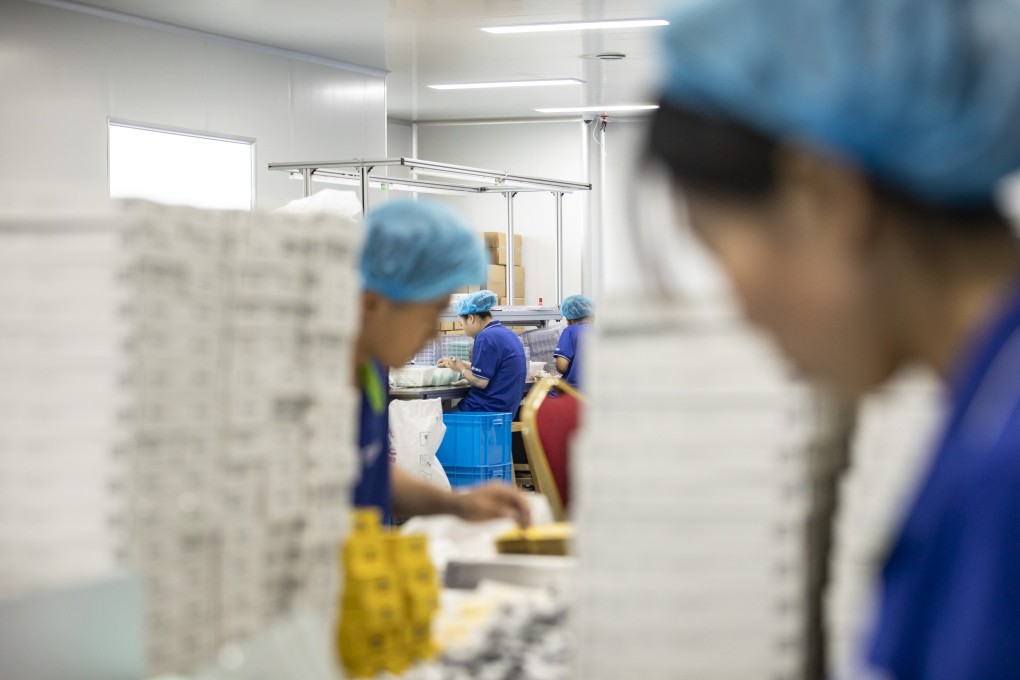Advertisement
How data and AI can solve a major issue for Chinese manufacturing – timeliness
- The supply chain disruptions sparked by Covid-19 have forced SME manufacturers to search anew for a business model that is more agile and responsive to fast-changing consumer needs
- One solution is a cloud-based system that leverages data for critical information, to ensure SMEs make to sell, rather than to stock
Reading Time:4 minutes
Why you can trust SCMP

The impact of the global pandemic on small and medium-sized enterprises runs deep, with factory shutdowns, supply chain disruptions and supply shortages in many parts of the world. But for SME manufacturers in China, Covid-19 has given them cause for a rethink about the need for greater agility, less wastage and a more consumer-centric approach.
Such a change is needed to tackle long-standing structural issues in the manufacturing sector. While Covid-19 will pass, fundamental problems in the industry will remain. Addressing them is hugely important. SMEs are the backbone of the global economy – creating jobs, driving trade and fuelling growth. In China, SMEs account for over 80 per cent of urban employment and more than 60 per cent of gross domestic product.
Many Chinese manufacturers, along with many others across Asia, are looking for a lifeline to revive their businesses. The good news is new business models do exist. One in particular is turning old systems on their heads, while also doing social and environmental good.
Advertisement
Take the apparel industry, one of China’s largest manufacturing industry sectors. It’s a huge industry, but it has multiple pain points that need to be addressed. One of its biggest problems is scale. For many manufacturers, the only way to produce economically is at a scale that very often far exceeds demand. They also struggle to adjust production lines to quickly get the latest styles to the market to meet current consumer appetite, reflecting a lack of agility.
It typically takes an apparel brand roughly 30 weeks to take a design from the catwalk into production. In that time, consumer tastes may have moved on. It means high wastage, a lot of landfill and an oversized carbon footprint.
Advertisement

Advertisement
Select Voice
Choose your listening speed
Get through articles 2x faster
1.25x
250 WPM
Slow
Average
Fast
1.25x
